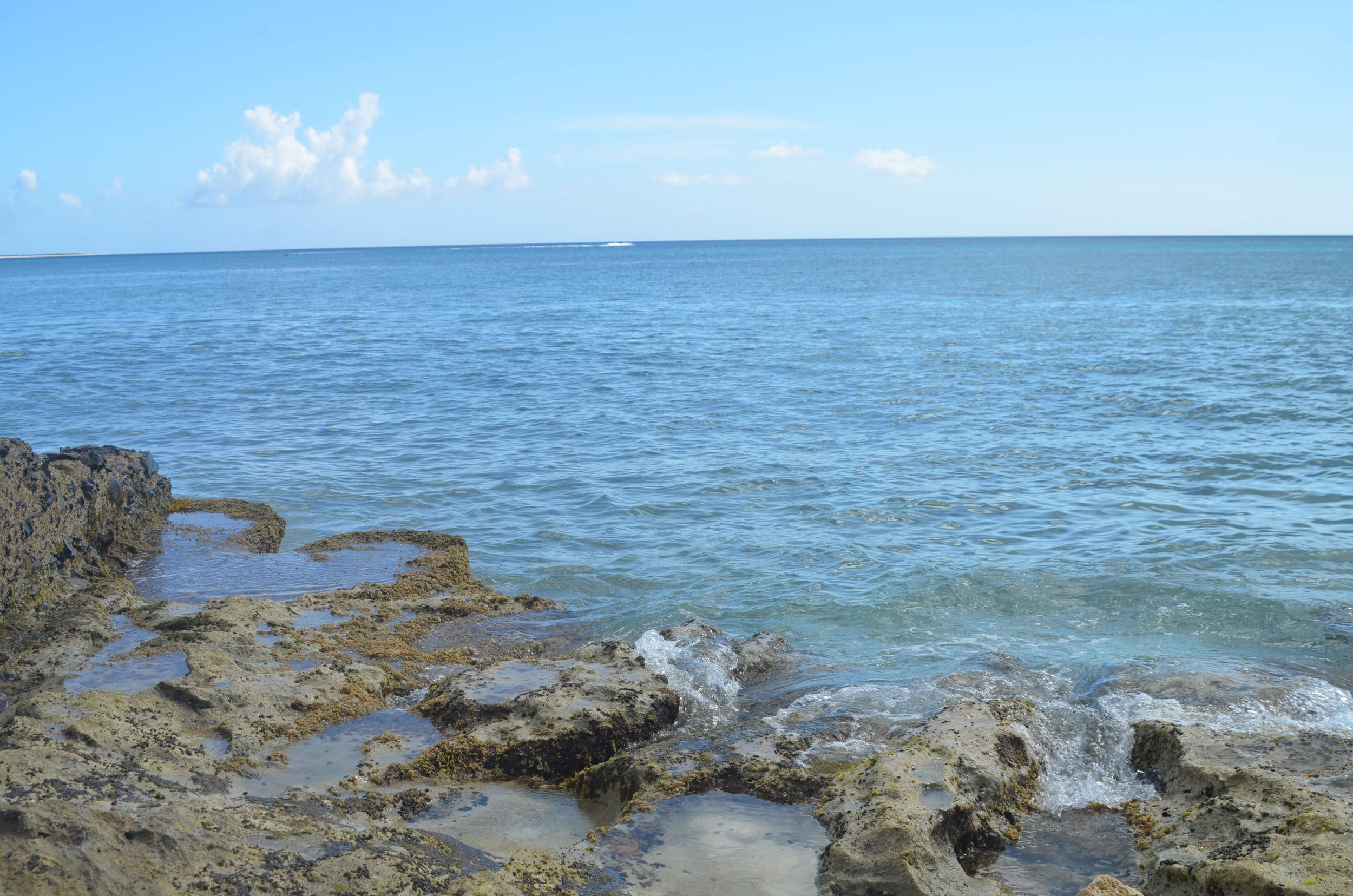The Importance of Marine Protected Areas in the United States
Written by Carleigh Stokes
Photo taken along the shores of Buck Island National Park in St. Croix, USVI. // Image courtesy of Carleigh Stokes
Over a quarter of U.S. waters are reserved for marine protected areas, otherwise known as MPAs. Three percent of those areas are mandated to be “no take zones”, meaning none of the resources or biodiversity can be removed from that region (NOAA).
There are many benefits for MPAs. The ecosystems within protected areas show increased biodiversity, which is the variety of species (plants and animals) within an ecosystem. This increase benefits fisheries nearby by improving the economy through a plentiful food source and year-round tourism.
Not only do these areas help locals financially, but specific marine ecosystems such as coral reefs play a crucial role in protecting shorelines from greater impact caused by natural disasters like tsunamis and hurricanes. Reefs provide a physical barrier to the land nearby, so the stronger that ecosystem is, the better protection it will provide. Many coral reefs along the coasts of Florida and in the U.S. Virgin Islands are protected in MPAs, helping to sustain the health and aquatic animal populations in and around reefs.
Management of these areas after their designation as an MPA is just as important as the area itself. Data taken in these regions are helping many groups and nonprofits just like AMSEAS to continue doing the work they’re doing and improve on how to better partake in marine conservation efforts (NOAA).
Adapting to climate change and implementing that into MPAs to assist in relief of stressors that may infiltrate ecosystems will help keep efforts sustainable for years to come. Some of these aspects include increased pollution, water temperature changes and sea level rise.
The public plays a major role in this as well, as education and engagement are two of the ways that the most impact can occur. Knowing about local marine ecosystems near you, regardless of where that may be, and the effects humankind has on their health and biodiversity is the first step to helping those environments survive. Engaging and volunteering with local organizations, or donating if you don’t have time, allows you to directly assist with conservation matters. AMSEAS has many opportunities that can be found on our website here.
While MPAs are crucial to lessening the harmful impacts on our oceans, other conservation efforts must be made as well. “No Motor Zones” are already, or will be, established along coastlines to protect endangered or threatened wildlife such as manatees, leatherback sea turtles, whales, and other large marine life. The first of these exists along the Indian River Lagoon and Banana River to protect the manatee population in Florida (NOAA).
In the meantime, take care of the marine environment. Pick up trash and debris when you see it on the shorelines or in the water and call the 24-hour NYS Stranding Hotline at (631) 369-9829 if you see any marine mammals or sea turtles in need.
Carleigh Stokes is an intern at AMSEAS working with our Business and Public Relations team.

